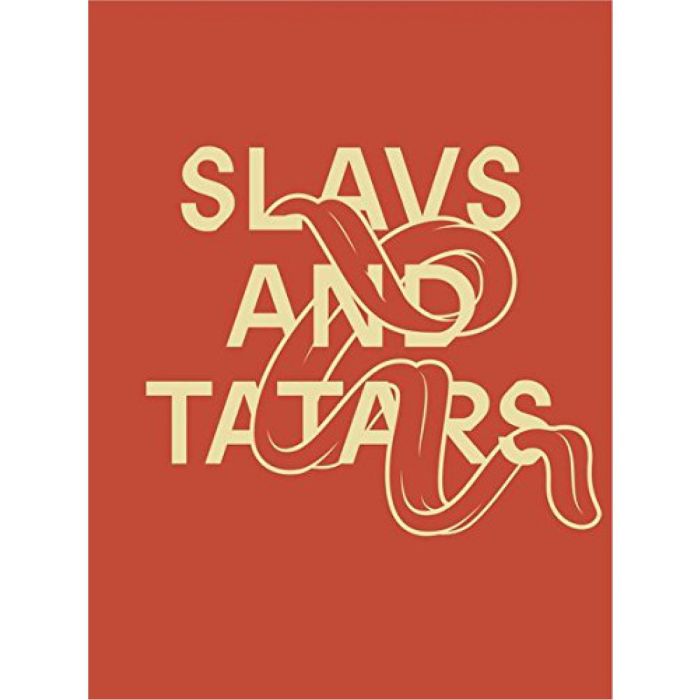My Cart
Your cart is empty
Looks like you haven't made your choice yet.
- Subtotal
Slavs and Tatars

- Walther & Franz Koenig Verlag
More Information
| Publisher | Walther & Franz Koenig Verlag |
|---|---|
| ISBN | 9783960980704 |
| Publication date | September 2017 |
| Edition | Hardback |
| Dimensions | 325 x 246 mm |
| Illustrations | 279 col.ill. |
| Pages | 232 |
| Language(s) | Eng. ed. |
Description
Defining an area "east of the former Berlin Wall and west of the Great Wall of China" as their remit, Slavs and Tatars repeatedly creolize, craft and collide a political and imagined geography to topple our brittle notions of identity, language, and beliefs. Throughout their ten-year practice, the artists have turned to Turkic language politics, medieval advice literature, the relationship between Iran and Poland, and transliteration, to name but a few of their areas of research. A region sandwiched between empires (Russian, Byzantine, Persian, to name a few), ideologies (Communism and political Islam), not to mention the Abrahamic faiths, Eurasia becomes a foil to an understanding of ourselves as multiple subjectivities. The artists' work - from sculptures to lecture performances, installations to publications - similarly overturn the traditional hierarchies of understanding, seeing, and listening. Slavs and Tatars are keen to free knowledge from the Enlightenment confines of the mind. Their "Kitab Kebab" series offers a digestive approach to reading as opposed to the strictly analytical. A sculpture often leads to a book to be read on a carpet that drops us off at the feet of an old man riding backwards on his donkey.

Slavs and Tatars
